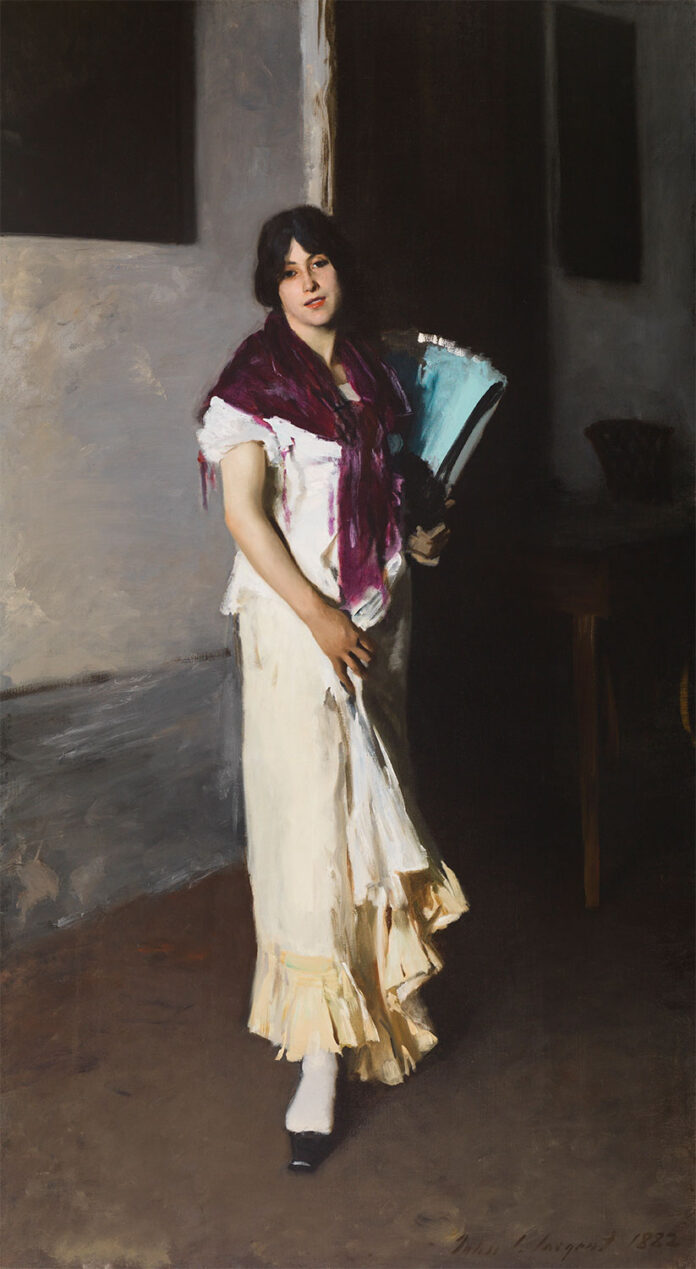
Sargent, Whistler, and Venetian Glass: American Artists and the Magic of Murano opened at the Carter Museum June 26. The dazzling exhibition will be on view at the Carter Museum of American Art through September 11. It brings to life the Venetian glass revival of the late 19th century and the artistic experimentation the city inspired for visiting artists.
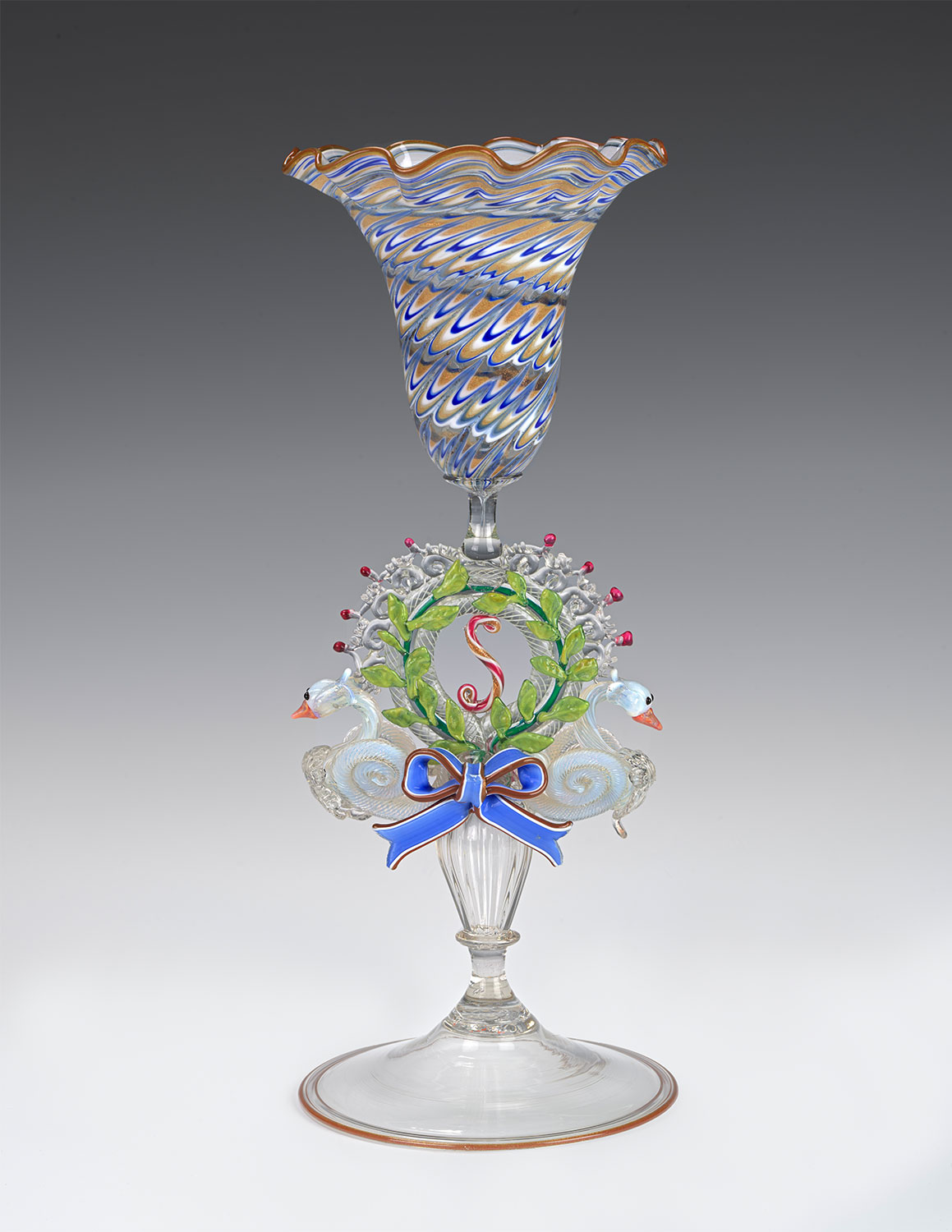
Organized by the Smithsonian American Art Museum, the exhibition is the first comprehensive examination of American tourism, artmaking, and art collecting in Venice. The glass furnaces and their creative boom were a vibrant facet of the city’s allure. To complement the exhibition, the Carter has invited Texas–based artist Justin Ginsberg to set up a glass kiln on the Museum’s lawn, where he is creating a new site-specific work over the summer. The resulting glass installation will be on view in the Museum’s main gallery.
Sargent, Whistler, and Venetian Glass: American Artists and the Magic of Murano
“The Carter is pleased to present Sargent, Whistler, and Venetian Glass: American Artists and the Magic of Murano, the completion of years of research by our colleagues at the Smithsonian American Art Museum,” stated Andrew J. Walker, Executive Director. “American art is so often a story of global inspiration. We are committed to presenting the wide range of artistic creation in America throughout its history. Some of the greatest artists in American history were permanently shaped by travels to Venice—a crossroads for international trade and exchange. We are especially thrilled to invite artist Justin Ginsberg to work on our grounds, giving visitors the chance to witness glassmaking first-hand and watch a new piece of art come to life.”
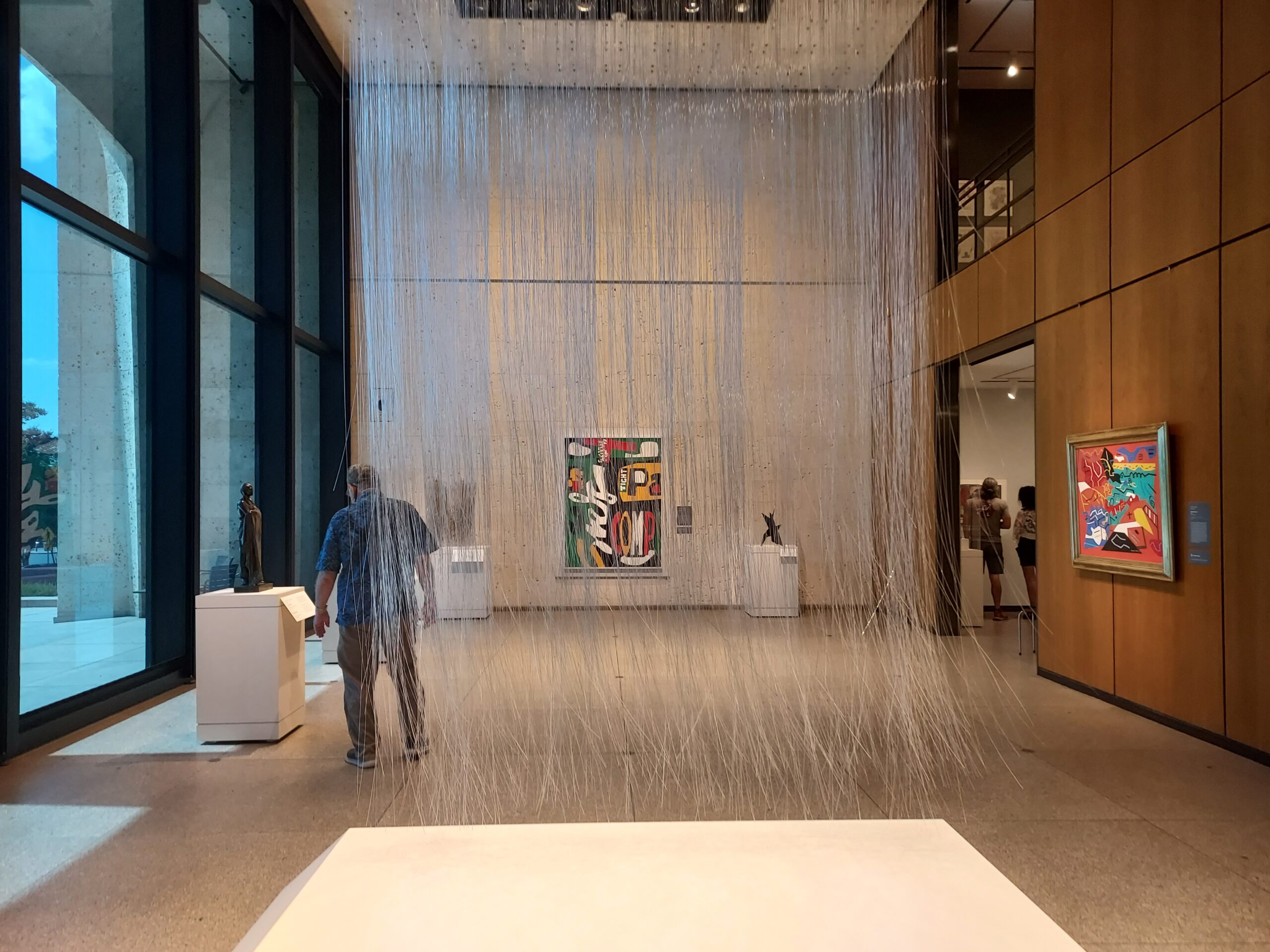
Between 1860 and 1915, the renowned glassmaking industry on the Venetian island of Murano experienced intense growth. This Venetian glass revival coincided with a surge in Venice’s popularity as a destination for American tourists. Many of the Americans visited the glass furnaces and eagerly collected ornate hand-blown goblets decorated with floral and animal motifs.
Venetian Glass
As its fame and quality grew, Venetian glass became more than a travel souvenir; patrons saw them as museum-quality works of fine art. Collector interest led to frequent depictions of Italian glassmakers and glass objects by prominent American artists like John Singer Sargent and James McNeill Whistler. Venice’s other decorative arts industries, especially mosaics, lace, and jewelry, also saw a resurgence. Despite this prestige, shifts in tastes have shrouded the lasting impact of Venetian glassware on the larger art world.
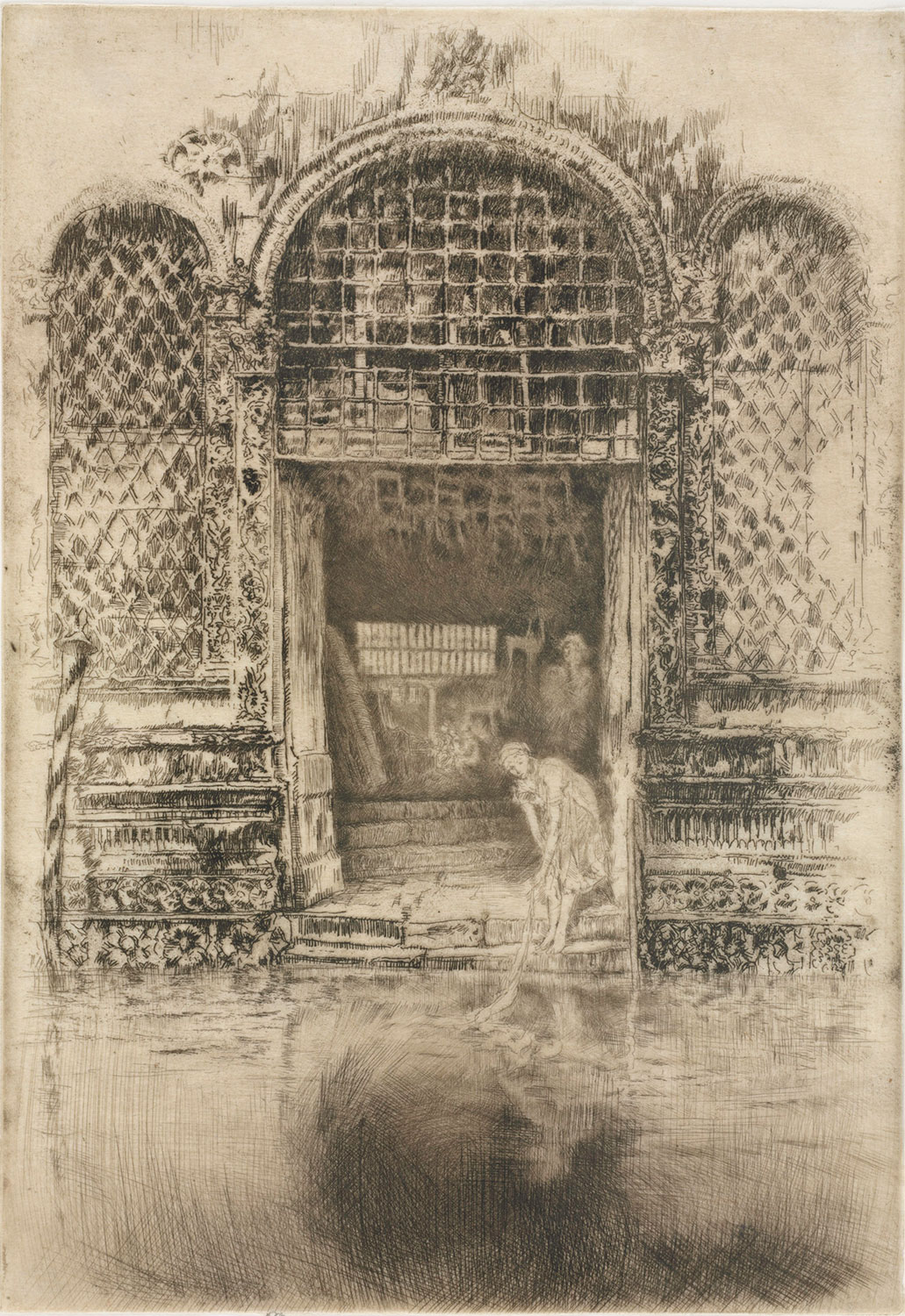
This exhibition displays individual works of glass with long histories in American hands. These objects crossed the Atlantic more than a century ago, and are displayed in conversation with paintings, watercolors, and prints by American artists who found inspiration in Venice.
The Carter Curator Maggie Adler
“I can’t wait for our Texas communities to see the sparkling splendor of glass goblets and the twinkling of marvelous mosaics and to know that American artistic icons like Sargent and Whistler were blown away by the creativity of Venice,” said Maggie Adler, Curator of Paintings, Sculpture, and Works on Paper as well as the curator of the Carter’s presentation. “This exhibition will take us back in time to understand the impact of Italian glass on American art, literature, and design, as well as ideas at the time about gender, labor, and class relations. The role of women and unrecognized Venetian artisans takes center stage alongside some of the United States’ most prominent painters.”
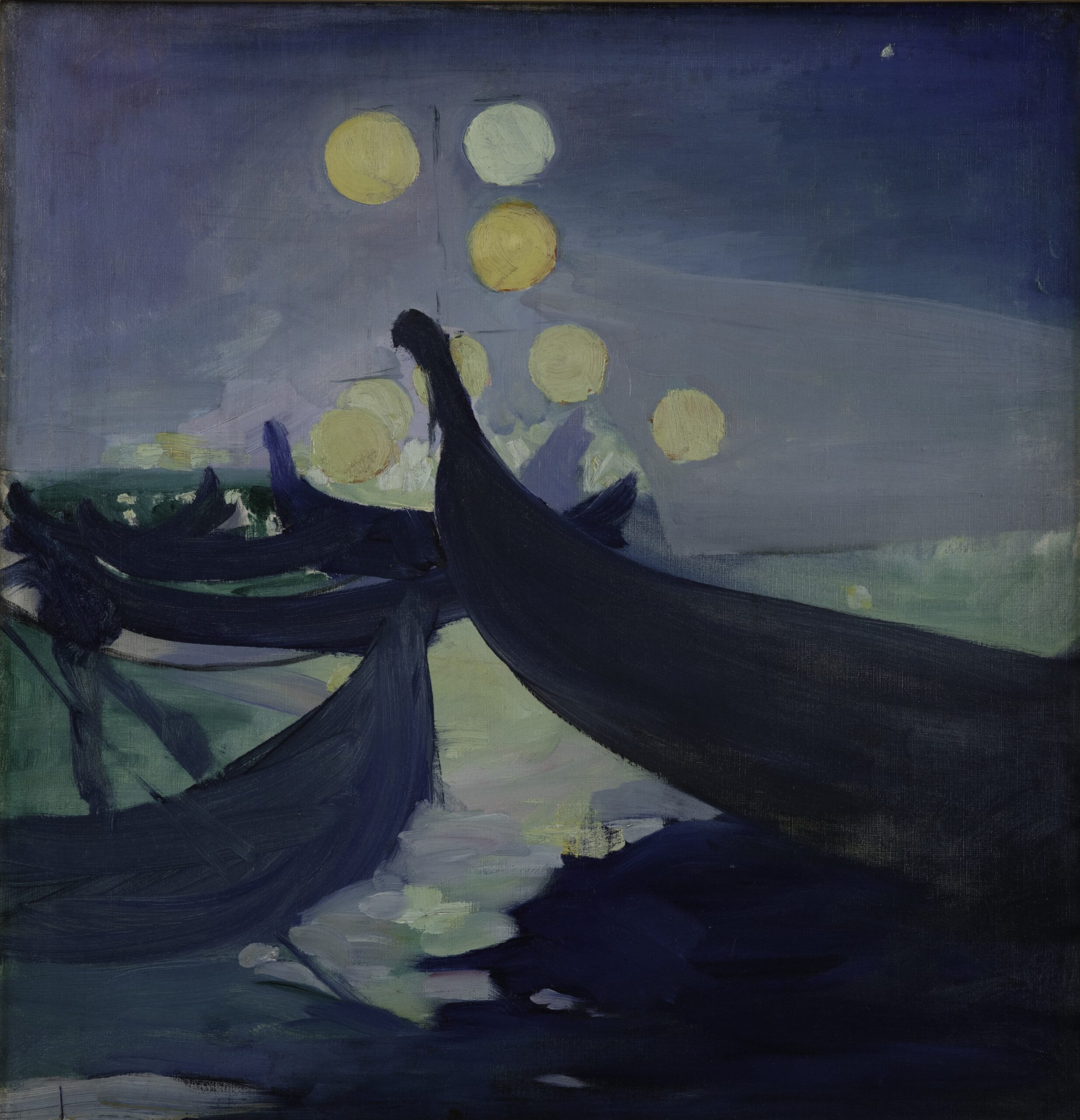
The carefully curated exhibition brings together more than 140 artworks. It features rare etchings by Whistler and major oil paintings by Sargent. Other artists include Robert Frederick Blum, William Merritt Chase, Charles Caryl Coleman, Louise Cox, Frank Duveneck, Ellen Day Hale, Thomas Moran, Maxfield Parrish, Maurice Prendergast, and Julius LeBlanc Stewart. More than a quarter of the objects in the groundbreaking exhibition are from the Smithsonian American Art Museum’s collection, joining loans from more than 45 prestigious museums and from private collections.
Paintings and prints intermingle among rarely seen Venetian glass mosaic portraits and glass cups, vases, and urns by the leading glassmakers of Murano, including members of the legendary Seguso and Barovier glassworks. Several artworks were conserved specifically for inclusion in the exhibition, including a stunning Byzantine revival gold-and-glass mosaic necklace.
Smithsonian American Art Museum
Sargent, Whistler and Venetian Glass: American Artists and the Magic of Murano is organized by the Smithsonian American Art Museum. The Carter’s presentation is generously supported by the Consulate General of Italy in Houston, the Texas Commission on the Arts, and the Alice L. Walton Foundation Temporary Exhibitions Endowment. Justin Ginsberg’s installation is supported by the Texas Commission on the Arts.
The Amon Carter Museum of American Art (the Carter) is a dynamic cultural resource, located in the Fort Worth Cultural District. The Carter provides unique access and insight into the history and future of American creativity through its expansive exhibitions and programming. Their preeminent collection includes masterworks by legendary American artists like Ruth Asawa, Alexander Calder, Frederic Church, Stuart Davis, Robert Duncanson, Thomas Eakins, Georgia O’Keeffe, Jacob Lawrence, and John Singer Sargent. The Carter is also one of the country’s foremost repositories of American photography. Admission to the Carter is always free. For more information, please visit cartermuseum.org.











